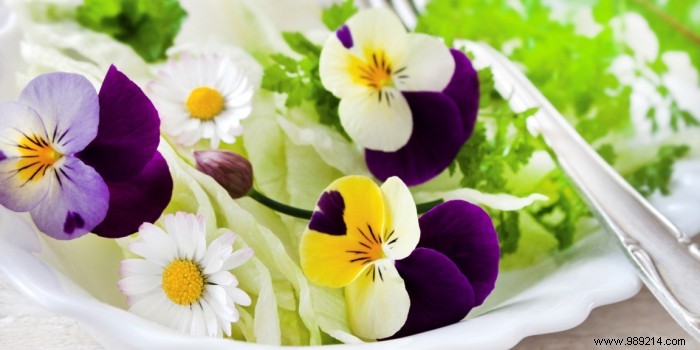
It's not often thought about, but the garden goes hand in hand with the kitchen. This does not only concern the vegetable garden or the small aromatic herbs here and there, we are talking about flowers here. And yes, the petals of certain plants, even the whole flowers, can be eaten. This will bring a touch of color to your plate, but will also surprise the taste buds of your guests.
In reality, eating flowers is not new. Although it has recently become a fashion phenomenon in France, many countries have consumed flowers since the dawn of time, especially in China. There are about 250 to 300 types of flowers that we can eat. Ranging from sweet to bitter or even from tangy to iodized, flowers perfume and brighten up all types of cuisine. Here is our top 10 chewable flowers, including some of the best known and some that you would never have dared.
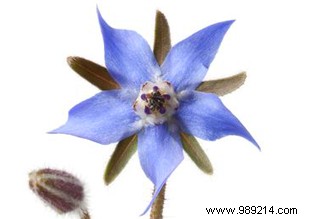
Also called vegetable oyster or blue star, the flavor of borage is reminiscent of oysters. Indeed, with its slightly iodized taste, it has been used for a long time in our fish, shellfish or vegetable dishes and our creams.
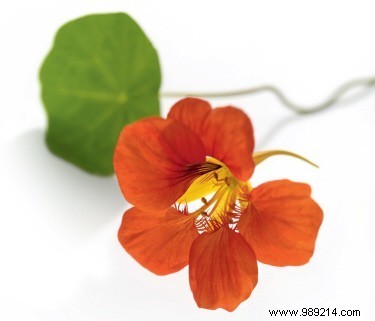
It probably needs no introduction. Who doesn't know the peppery, radish-like taste of these red, yellow, orange flowers? Indeed, among the edible flowers, the nasturtium is the most popular. Used to color a spring salad or in butter, it can also be stuffed with minced meat or cheese.
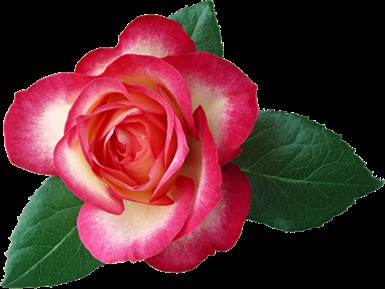
Although it is often associated with a beauty product, especially rose water, the queen of flowering plants is also edible. It is made into vinegars, teas, jams, cakes but also crisps or even incorporated fresh into salads and sautéed meat.
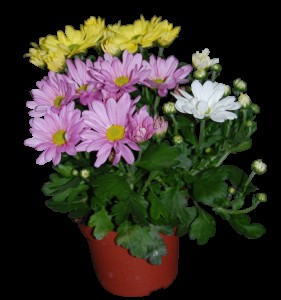
This may seem confusing given the strong smell that chrysanthemum gives off. However, in China this plant is well and truly fried in oil.
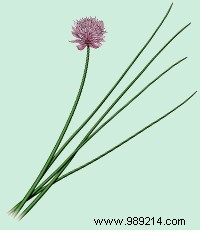
The little pom-pom at the top of your spring onion plants can indeed be eaten. Having the same flavor as the leaves, the stem and the flower can be added to your meat dishes or sauces or cheeses.
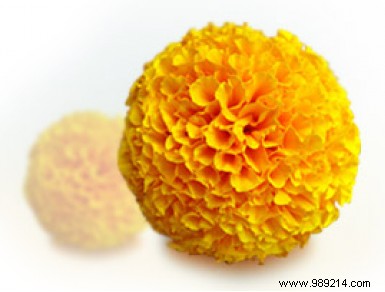
With its shimmering colors reminiscent of the sun in the middle of summer, marigold recalls the spicy taste of ginger combined with the exotic flavor of passion fruit. Add it to your vinaigrettes, tabbouleh or soup.
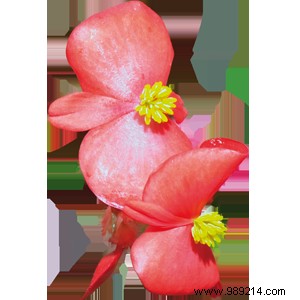
With a taste that is both tangy and fruity, the begonia flower is very crunchy. It will go very well with your fish, tabbouleh or even foie gras.
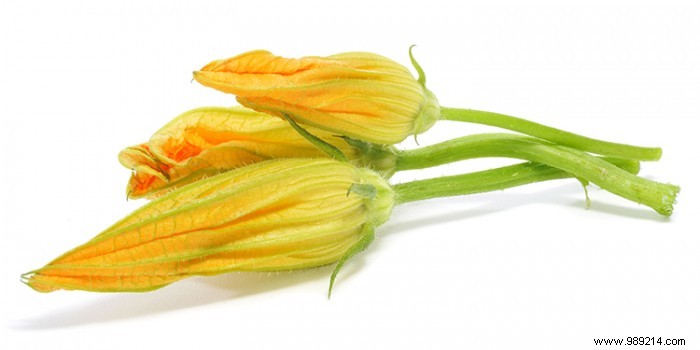
Zucchini flowers are very often found in fritters. Indeed, the male flower of the zucchini was, for ages, used by our ancestors, in salads, omelets, stuffed but also sautéed. However, the female flower can also be used.
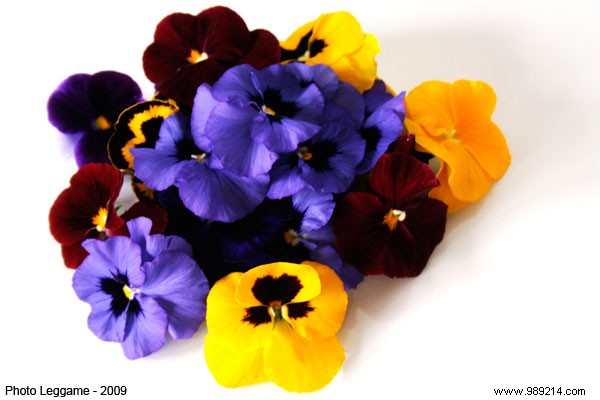
With its hazelnut flavor, it is also very well known. Crystallized with sugar, the greatest pastry chefs decorate their works with thought. But it can also be eaten fresh in the salad.
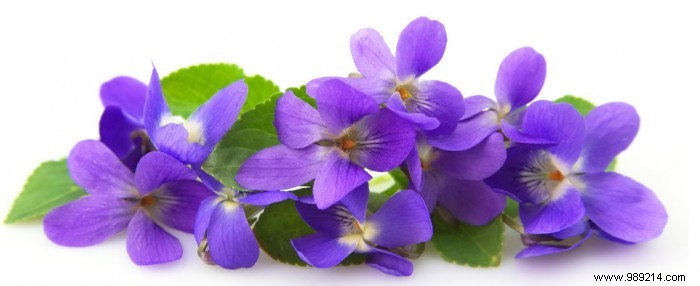
Very small, it is very often associated with pansy to decorate various pastries. With its soft color ranging from pink to purple, the violet has a sweet, slightly bitter flavor and an exquisite fragrance.
Before throwing them on your plate, first check that no one is allergic to pollen. But also make sure that the ones you have on hand are not part of the list of non-edible flowers that you will find here. Indeed, all the flowers are not to be eaten, even toxic like the iris , the brugmansia , oleander , thrush or the narcissus . Also make sure you get organic flowers. Those from florists or garden centers are to be avoided given the method of cultivation and the preservative-laden water in which they have remained for several days.